
Forklift Controller - Forklifts are accessible in different load capacities and a variety of models. The majority of forklifts in a typical warehouse setting have load capacities between 1-5 tons. Bigger scale units are used for heavier loads, like for example loading shipping containers, could have up to fifty tons lift capacity.
The operator could use a control to raise and lower the tines, which could also be called "blades or tines". The operator of the lift truck can tilt the mast so as to compensate for a heavy loads propensity to tilt the blades downward. Tilt provides an ability to operate on uneven surface also. There are annual contests for skilled forklift operators to compete in timed challenges as well as obstacle courses at local forklift rodeo events.
Forklifts are safety rated for loads at a particular utmost weight and a specified forward center of gravity. This very important information is supplied by the manufacturer and placed on a nameplate. It is important loads do not exceed these specifications. It is prohibited in many jurisdictions to interfere with or take out the nameplate without obtaining permission from the forklift maker.
Most forklifts have rear-wheel steering so as to increase maneuverability. This is specifically effective within confined areas and tight cornering areas. This particular kind of steering differs fairly a bit from a driver's initial experience with different vehicles. Because there is no caster action while steering, it is no required to use steering force in order to maintain a constant rate of turn.
Unsteadiness is another unique characteristic of lift truck utilization. A constantly varying centre of gravity takes place with every movement of the load between the lift truck and the load and they need to be considered a unit during operation. A lift truck with a raised load has centrifugal and gravitational forces that may converge to bring about a disastrous tipping mishap. So as to prevent this possibility, a lift truck should never negotiate a turn at speed with its load elevated.
Forklifts are carefully made with a cargo limit intended for the forks. This limit is lessened with undercutting of the load, which means the load does not butt against the fork "L," and likewise lessens with fork elevation. Normally, a loading plate to consult for loading reference is placed on the forklift. It is dangerous to use a lift truck as a personnel lift without first fitting it with specific safety equipment like for example a "cage" or "cherry picker."
Lift truck utilize in distribution centers and warehouses
Important for any warehouse or distribution center, the lift truck has to have a safe environment in which to accommodate their safe and efficient movement. With Drive-In/Drive-Thru Racking, a lift truck needs to go inside a storage bay that is several pallet positions deep to set down or take a pallet. Operators are normally guided into the bay through rails on the floor and the pallet is placed on cantilevered arms or rails. These tight manoeuvres require skilled operators to be able to carry out the task efficiently and safely. In view of the fact that each pallet requires the truck to enter the storage structure, damage done here is more frequent than with various types of storage. Whenever designing a drive-in system, considering the measurements of the blade truck, together with overall width and mast width, should be well thought out in order to make sure all aspects of an effective and safe storage facility.
![]() Click to Download the pdf
Click to Download the pdf
Forklift Parts
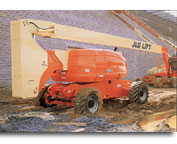
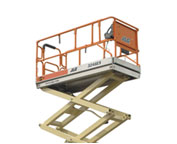
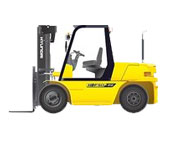
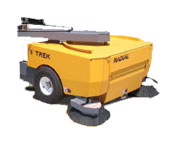
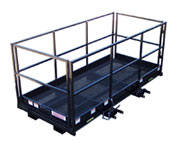



Lift Parts Express
TOLL FREE: 1-888-695-7994
LOCAL: 805.205.8093
716 N VENTURA RD 101
Oxnard, California
forkliftpartsoxnard.com
Email Us
About Us



